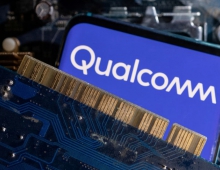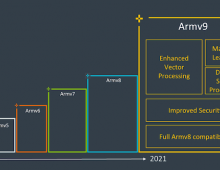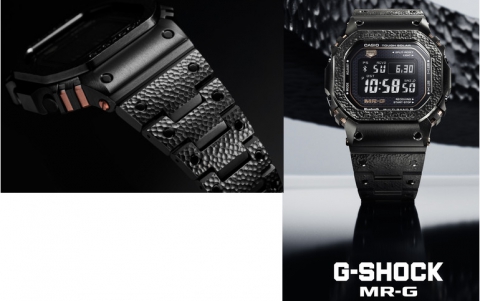
ARM Accelerates Secure IoT from Chip to Cloud
At the ARM TechCon conference today ARM announced a portfolio of products and services that promises to simplify the creation of secure IoT systems. The core, operating system, and cloud-based software-as-a-service (SaaS) collection aims to accelerate IoT chip to cloud development both for ARM manufacturing licensees as well as their design customers. The offerings target low- to mid/high-end applications and aim to make energy-harvesting a viable power option for many designs.
"As IoT technologies become more pervasive, it is time for a complete solution that secures data from the sensor to the service," said Pete Hutton, executive vice president and president of product groups, ARM. "ARM partners shipped a record 15 billion chips last year, many destined for smart embedded applications. The IoT already runs on ARM but the goal now is scale, which we are enabling today through a uniquely comprehensive set of technologies and services built to work together seamlessly."
ARM says its latest suite of technologies will enable the ecosystem with the fastest and most efficient route to secure IoT applications from the chip through to device management in any cloud.
The IoT design portfolio announced today starts with two cores based on the new ARMv8-M architecture. The M33 is a general-purpose, 32-bit processor with TrustZone technology, DSP extensions, and floating-point capability. It also offers a coprocessor interface for tightly coupling custom acceleration hardware. The M23 is a more basic core targeting ultra-low-power applications while still offering TrustZone protection. ARM said that the M23 is 75% smaller and 50% more efficient than the M33, and that both processors are suitable for functional safety applications.
The CyptoCell-312 can work with either core to further enhance security. The cell brings secure storage, key management, a true random number generator, and crypto acceleration to a chip design.
Along with the processor cores ARM has developed system IP that extends TrustZone security features beyond the core itself. The CoreLink SIE-200 bus is pre-verified with ARMv8-M processors and builds on the AHB5 bus matrix to provide hardware-enforced isolation between secure and non-secure applications and is configurable to meet a variety of architectural needs. The bus uses the AMBA protocol for per-transaction secure signaling through the system.
ARM has created of a complete IoT subsystem out of its core components. The IoT POP IP forms a reference design that outlines both the physical IP and the implementation methodologies developers will need to achieve a design with the appropriate power profile for a given application. Further, ARM has developed the CoreLink SSE-200 subsystem IP, which is based on an M33 processor with CryptoCell. The subsystem includes memory, peripherals, and a sub-one-volt Cordio 802.15.4 radio configurable to work with Bluetooth, ZigBee, and Thread systems. The subsystem has the support of software tailored to the design, including the mbed operating system, protocol stacks for the radio, security software, drivers, and power management features. The subsystem can be configured and implemented in an FPGA for rapid prototyping.
In addition, ARM is introducing cloud support in the form of software as a service (SaaS). The mbed Cloud provides developers with a simple way of connecting to, securing, provisioning and updating their devices both during manufacturing and after deployment. The service provides secure communications with the IoT device as well as device maintenance, and forwards data to another cloud service of the developer's choice for handling the application and user interaction with the device and its data. While optimized for the ARMv8-M family included in the announcement, Nayampally said, mbed Cloud is able to work with any device architecture and any cloud service.
ARM's M23 and M33 cores are available now for broad licensing, as is the mbed OS5 operating system. The mbed Cloud service is scheduled to become available in Q1 of 2017.





















